How to prepare your home heating for winter
As the weather turns colder and the days get shorter, our thoughts turn to wrapping up warm and reaching for the thermostat. So now is the time to check that your heating is ready for the colder months ahead.


E.ON
17/10/23
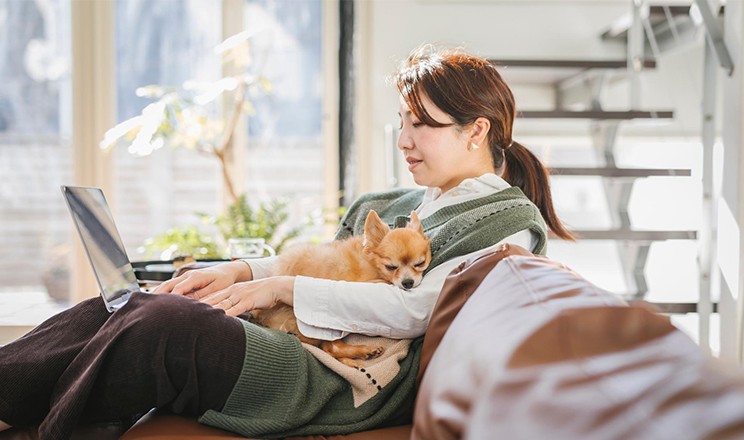

Seven ways to get your heating ready for winter


1. Test your heating

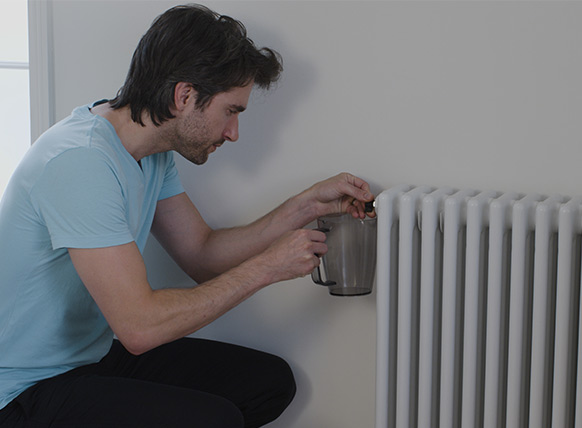
2. Bleed your radiators
3. Get your boiler serviced

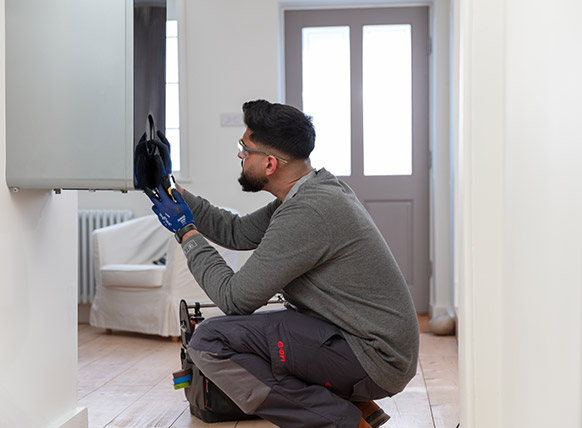
4. Upgrade your heating
5. Set a timer for your heating

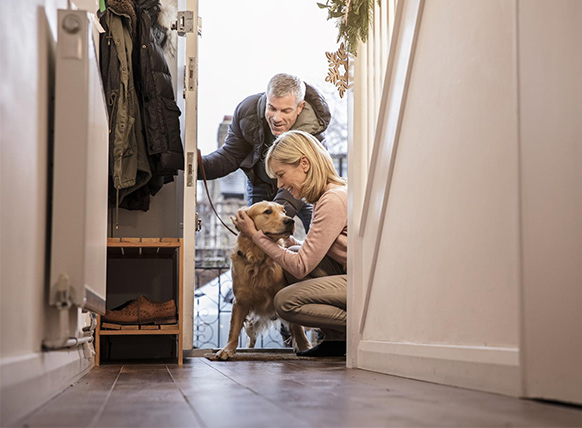
6. Check your home’s insulation
7. Protect your pipes
Read our other blogs


25 September 2023
Blog post
A guide to home insulation
Insulating your home is a great way to make your home more energy efficient, helping to prevent heat loss and reduce your energy bills.
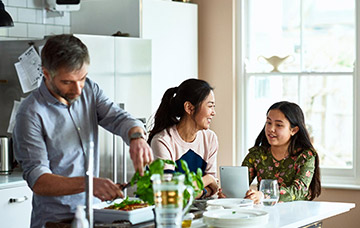

19 June 2023
Blog post
Seven ways you can help tackle the climate crisis
It’s time to act on the climate crisis today, not one day. Read on for seven ways you can take action for climate.


10 November 2023
Blog post
How a sustainable home can help lower your energy bills
With the ongoing climate crisis, we’re all aware that we need to take action for climate and save energy at home to help lower our bills.